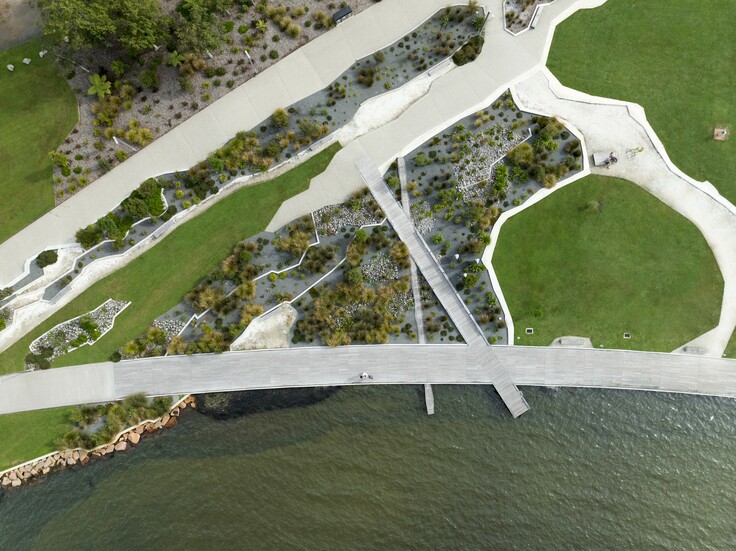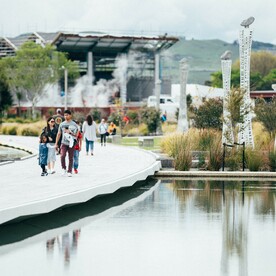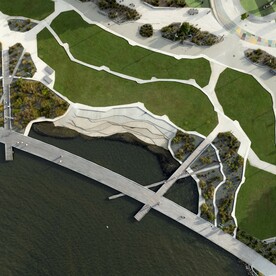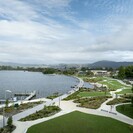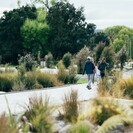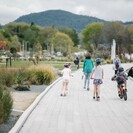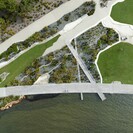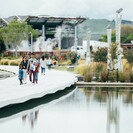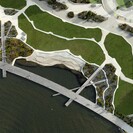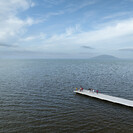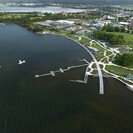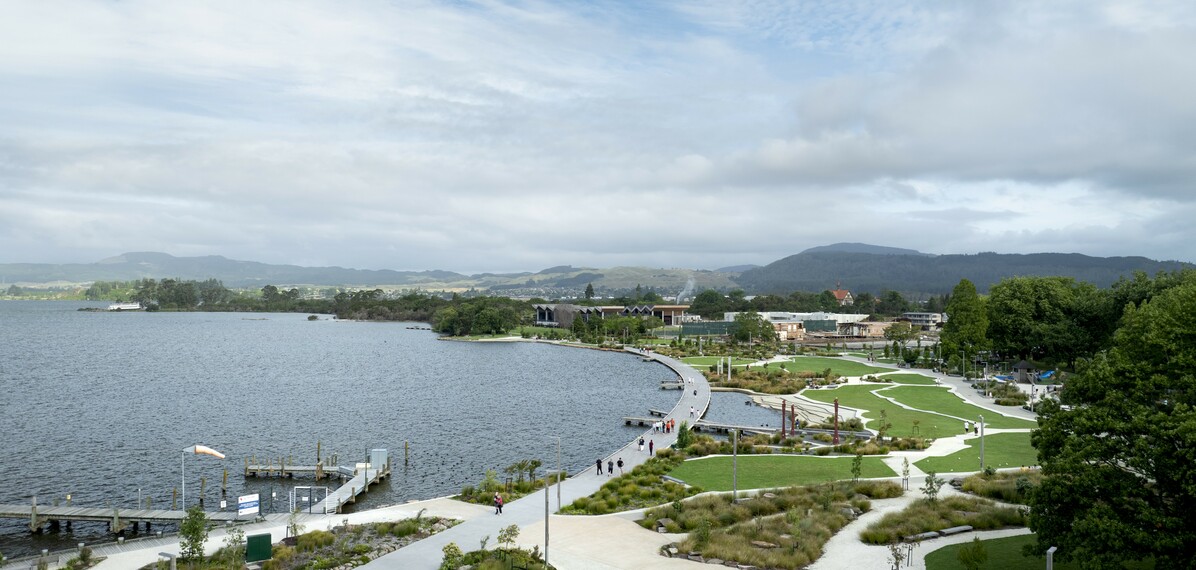
Showcase
- NZILA George Malcolm Supreme Award — 2024
- NZILA Category Winner Parks, Open Spaces and Recreation — 2024
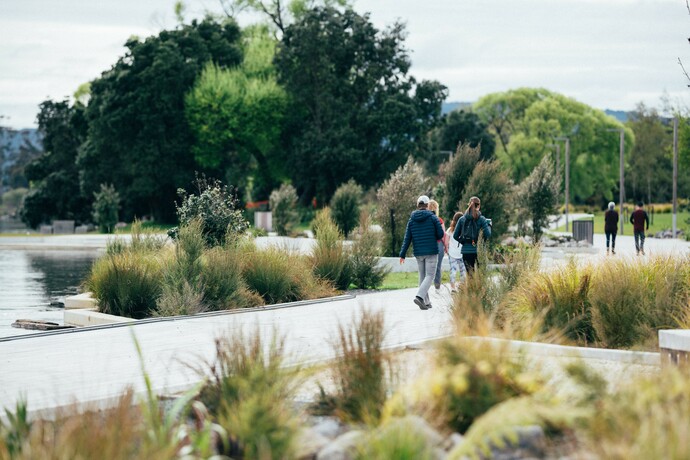
Lake Rotorua is a highly prized natural resource for those who live on its shores, the city has grown from its edge, and the nation treasures it. Ngāti Whakaue gifted the land for Rotorua City and Lakefront in the 1890’s. However, the lakefront lacked any reference to tangata whenua values and the design language of Rotorua. The ambitious redesign celebrates the landscape values of this national taonga. A new relationship with Te Rotorua-nui-a Kahumatamomoe has been created for future generations, a relationship that respects the lake and enhances the wairua and mauri of this shared cultural landscape. The design embeds the culture of tangata whenua, to create a place that responds to the unique challenges of the site and is truly transformational for the local people. The design team challenged the status quo to give vehicle-dominated space back to people, connect the city to the lake, increase permeable surfaces, and provide play and passive recreation spaces along the lake edge by creating a dramatic edge experience. The difference here was in the process, investing in and understanding the site holistically beyond the physical characteristics. Led by co-design partners, the design team undertook multiple hikoi to kōrero about the history of place and the mana of the whenua to those who have lived here for generations. The transformation of the Rotorua Lakefront reflects the true power of collaboration and most importantly has brought the community together.
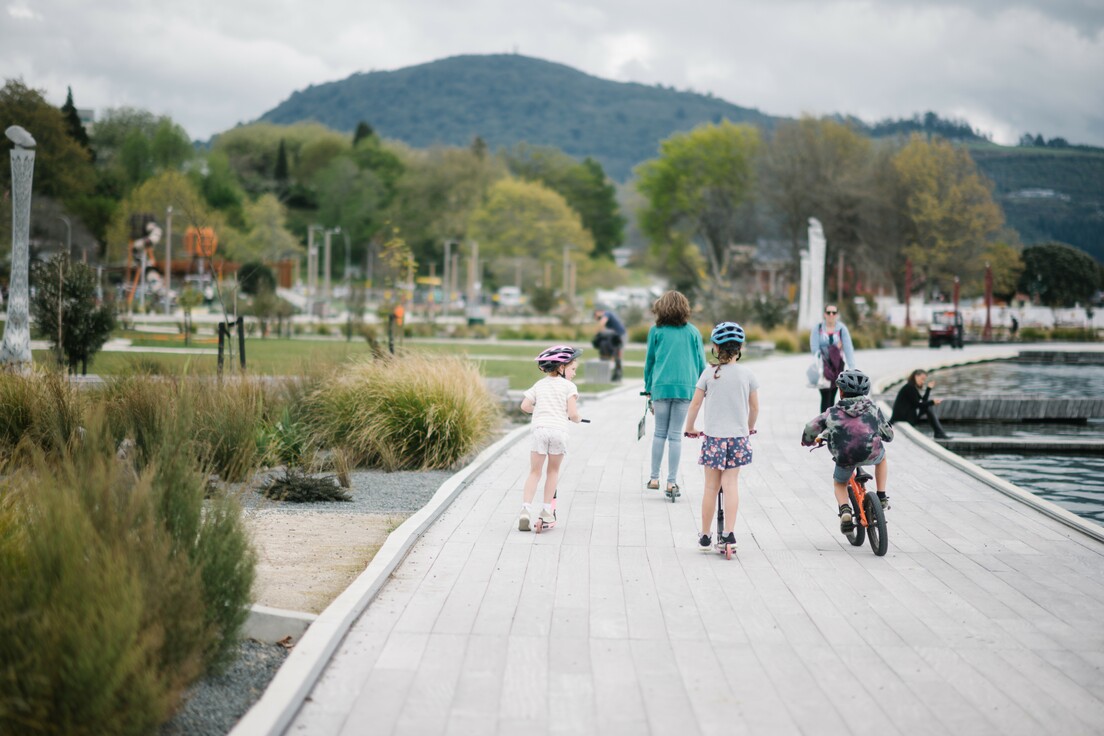
This project goes beyond good landscape design, it has drawn people together to understand and reestablish the spiritual and cultural connections between land and water, including wider connections to Te Arawa that are given form through a new relationship with lake edge. Visually strong whilst considering climate resilience and restoring ecological potential, the Rotorua Lakefront Redevelopment is beautifully and intelligently crafted from the scale of the entire site through to the consistent attention to detail and detailing that leads you on a journey through this landscape.
Congraulations to Isthmus Group on winning the prestigious George Malcolm Award.
Rotorua Lakes Council
Ngāti Whakaue
Isthmus
Veros
Tonkin & Taylor
Service Engineering Group (SEG)
Te Arawa Lakes Trust
DCA Architects of Transformation
Wildlands
Share
